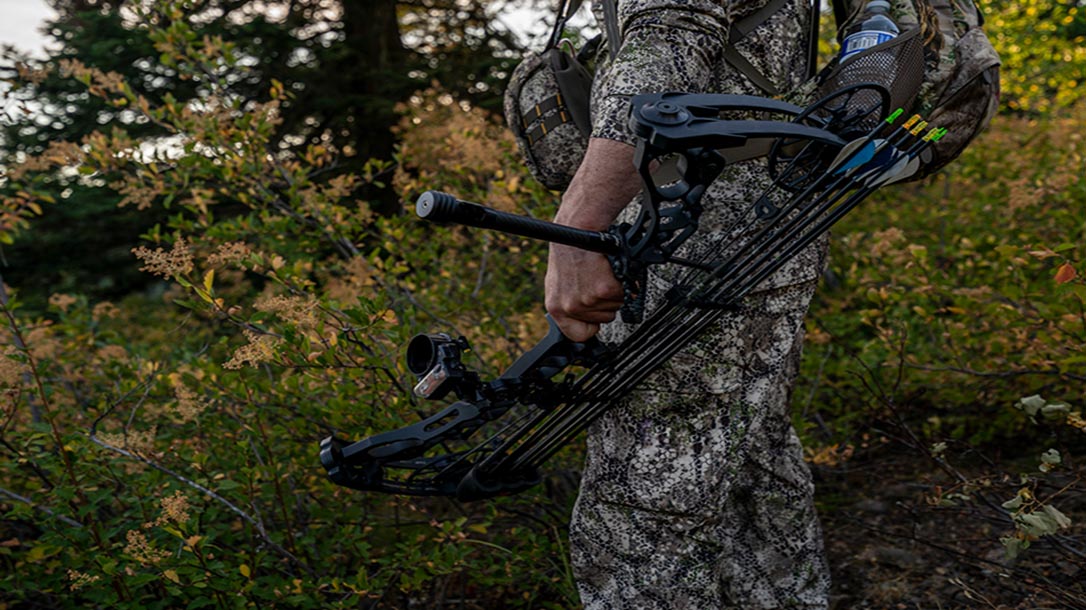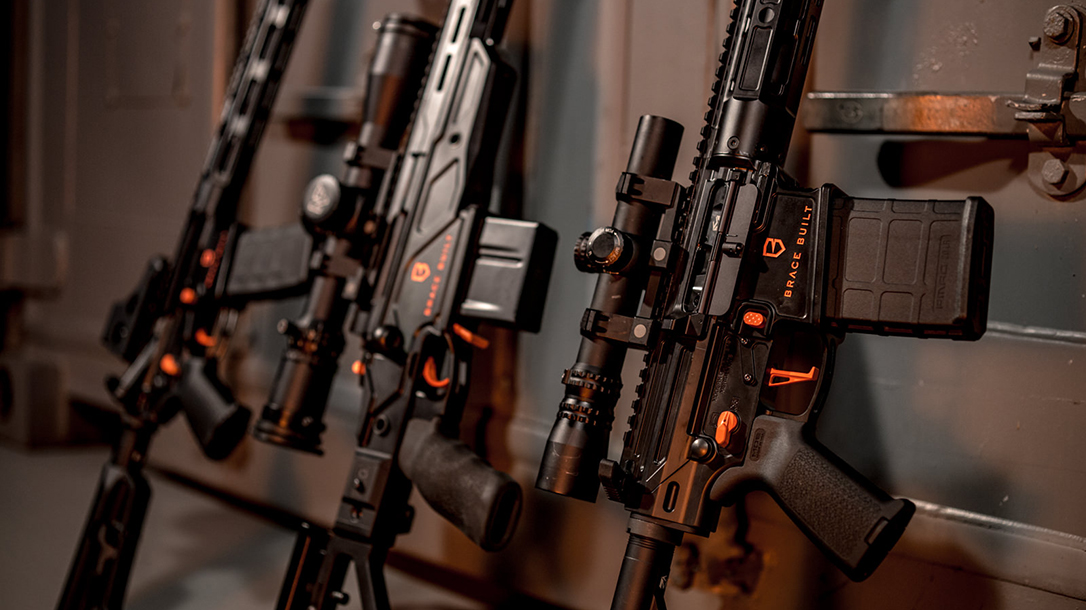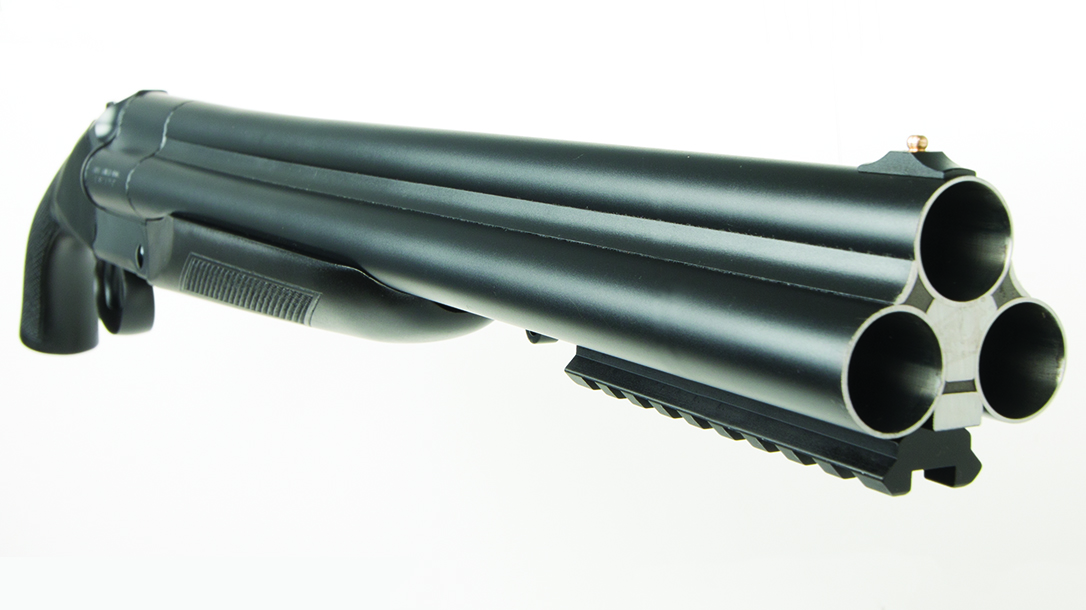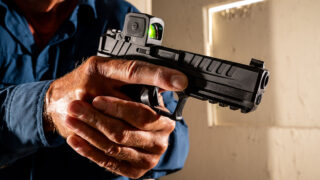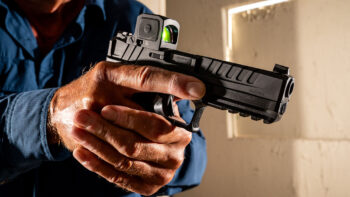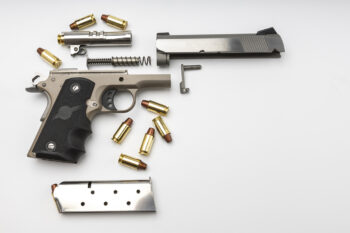Long before the days of supermarkets and vegan meat, when humans lived in nomadic tribes, hunting was humankind’s most significant lifeline. We are hunters in the most profound biological sense. Our front-facing eyes can effortlessly lock onto and track a moving object, not unlike the eyes of a cat or an eagle. Our ability to strategize and communicate allows us to make up for our athletic shortcomings like a pack of wolves.
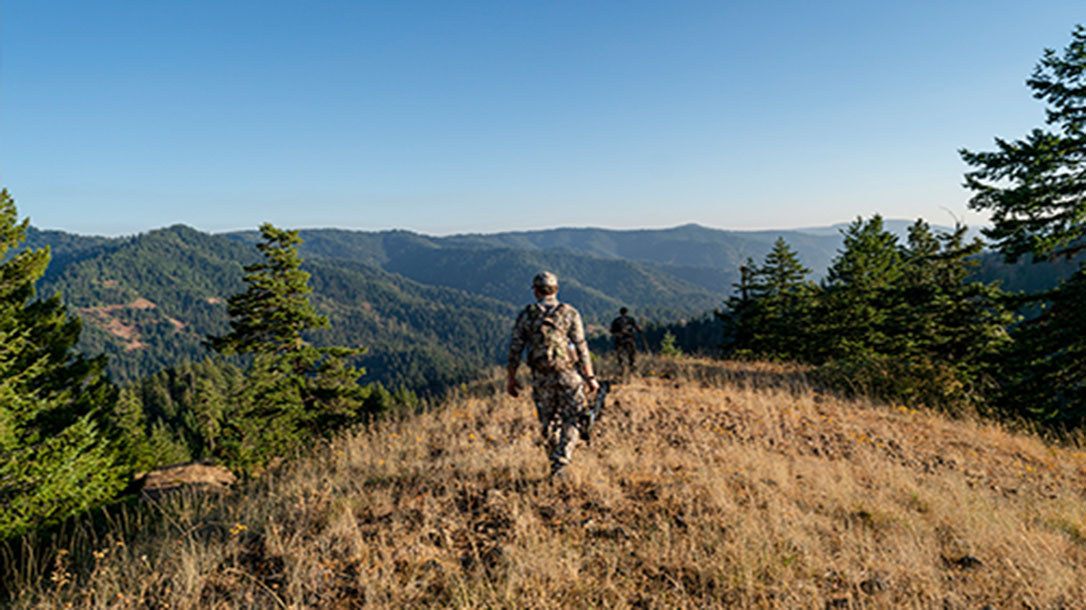
Let’s Go Bowhunting!
Evolutionary theory tells us that early men and pre-men who lacked an affinity for hunting were likely left without food and mates. As a result, their genetics disappeared. So, it’s no wonder you’re drawn to bowhunting. It’s also likely most of your time is spent at a less-than-invigorating job. However, bowhunting can be daunting for beginners without a benevolent mentor. But have no fear. This article will give you the basic info you will need to start your long road to becoming an expert archer and hunter.
Purchasing A Bow
First, you’re going to need a bow. Allow me to dissuade you from trying to bring to life any fantasies you have about killing an elk with your homemade recurve bow. Bowhunting is incredibly difficult. Rifle hunting is often challenging. A new hunter should bag a couple of kills with a rifle before moving to bowhunting. This is to learn the basic tenets of hunting and increase the likelihood of initial success.
Any big game hunter will tell you there’s nothing more exciting or fulfilling than bringing down an animal with a bow. Still, there’s nothing more heartbreaking than spending fantastic sums of money on getting geared up and then loads of grueling time on the mountain or in a blind to come home empty-handed. That heartbreak can turn a newbie off of big game hunting forever. It can be done if your heart is set on getting into archery immediately. But, you will need the proper modern equipment until you are one of the few veritable experts that can hunt with outdated equipment. This is where it pays to trust the experts.
If you head to your local archery shop, they have experienced bowhunters on staff who will help set you up. You’ll be outfitted with equipment tailored to your skill level, physical size, and strength, budget, and ambitions. Most shops have ranges on site where you can test and try different bows and setups to find what will work for you. Bows are not cheap, so expect to spend a chunk of money. That being said, skills are more critical than top-shelf equipment. You will be deadlier with a $300 bow and 100 hours of practice than with a $2,000 bow and a couple of half-assed target sessions.
Recurves And Compound Bows
Bowhunting is far older than recorded history, but the game has changed. Recurve bows, made of a flexible piece of wood and a string, have been replaced by compound bows made of space-age materials. Compound bows feature pulley systems that multiply the power of your draw into faster arrow velocities. A heavy draw weight recurve bow might shoot 200 feet per second. Meanwhile, a similar-weight compound bow will shoot 300+ fps.
They are easier to hit, more reliable, more deadly, and far more practical in big game hunting than their old-fashioned counterparts. Additionally, the pulleys on compound bows are not perfectly round. Their irregular shape means a “let off” of weight on the string at the pinnacle of the draw. If your bow’s draw weight is 70 lbs, the weight you must hold at full draw will only be 10-20 lbs. This is important to consider as a hunter commonly needs to keep their bow at full draw while waiting for an animal to present a good shot.
Finally, compound bows come equipped with many valuable attachments, including sights, arrow rests, quivers, and stabilizers. I understand the romantic allure of killing an animal with a bow a native hunter may have used 500 years ago, but as a new hunter, you’d likely be biting off far more than you could chew. Allow modern tech to assist you until you get a few under your belt.
Dialing In Bow Sights
There are many different sights and brands with other functions and processes for setup, etc. Bows are most often equipped with fixtures, each of which has a plethora of attachments. The proper setup for a bow is a topic of debate and often a matter of preference. It’s best to head toward an archery shop where they can get into the nitty-gritty with an expert.
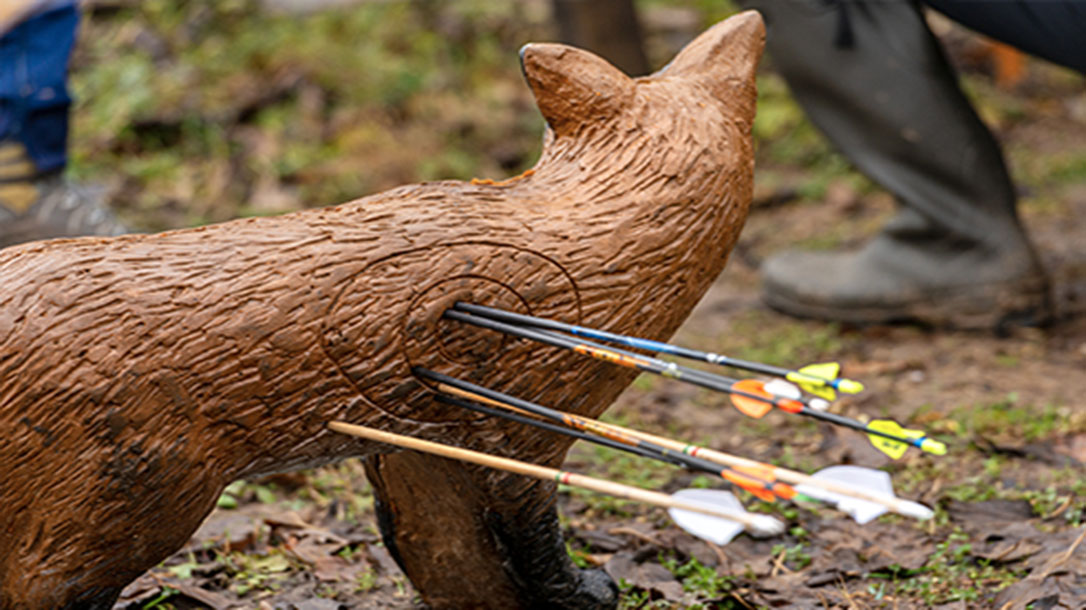
The Importance Of Practice
Practice is everything regarding marksmanship. Archery is significantly more complex than rifle shooting and thus requires an even more significant time commitment. Most bowhunters I know shoot daily in the months leading up to their hunt. The good news is that you can shoot your bow in a suburban backyard while you’d need a piece of land the size of Rhode Island to shoot your .300 Win Mag. You need some technical instruction and hours of practice regularly to become proficient. Once you’ve fired hundreds of arrows, worked extensively on your technique, developed essential skills, and your hunt is approaching, you need to determine your maximum effective range.
Maximum effective range is the furthest distance you’re confident you can virtually hit a deer or elk in the heart or lungs every time. Remember, taking shots you’re not satisfied with hitting is unethical. A poorly placed shot can maim an animal without killing it. First, find your maximum effective range on the shooting range. Do this by setting up your max capacity at whatever range you think and firing three arrows with no warm-up at a paper plate-sized target. If you land all three shots on three separate occasions, you can claim to have mastered that range to a reasonable degree. It’s important to note that “buck fever,” as it’s called, is genuine, especially for new hunters.
Real-World Scenario
Having a live animal in the sights causes a new hunter’s heart to race, fingers to shake, and reasoning to dull. If you think you’ll be immune to this phenomenon, allow me to shatter that notion. Shooting a paper plate at 50 yards is NOT the same as shooting a live animal at the same distance. Due to this, your maximum range in the field should be roughly 10% less than your shooting range distance, which may even be generous. Most archers shouldn’t be taking shots past 50 yards, although you may hear stories of questionable veracity about 100-yard kills around the campfire. It’s essential to be realistic about your shooting ability and adjust on the fly for things like wind, low visibility, and your current steadiness. If you can’t hold the pin of your sight steadily on the animal’s vitals, you’re going to miss.
Attending a Hunter Safety Course
Some states require you to attend hunter safety courses before being able to apply for or purchase tags. Whether your state does or not, I strongly recommend you take the time. Hunter safety courses teach valuable weapons safety information, hunting ethics, and any laws related to bowhunting in your particular state. These classes help ensure that you and other hunters in your vicinity are safe and that you don’t accidentally run afoul of any laws. Information on how to do so will be accessible on your state’s fish and game website. And remember, while online classes are an option, you’ll get more out of the in-person version.
Hunting Camouflage & Footwear
There’s a lot to consider when purchasing hunting camouflage. Time of year, temperature, and terrain must be kept at the forefront of your mind to ensure you not only stay hidden, but also comfortable. If you live in an area where it’s still very green and warm come mid-hunting season, you’re not going to want to wear a bulky camo jacket with a winter camo pattern. Match your camo to your surroundings and practice drawing a bow in full get-up. What may look great may also keep you from successfully harvesting an animal.
Hunting boots and appropriate socks are important items to consider. Hunting guarantees serious mileage in your footwear so make sure that you’ve done plenty of hiking pre-season to break in your boots. The last thing you need is to limp back to the truck with a nasty blister on your Achilles.
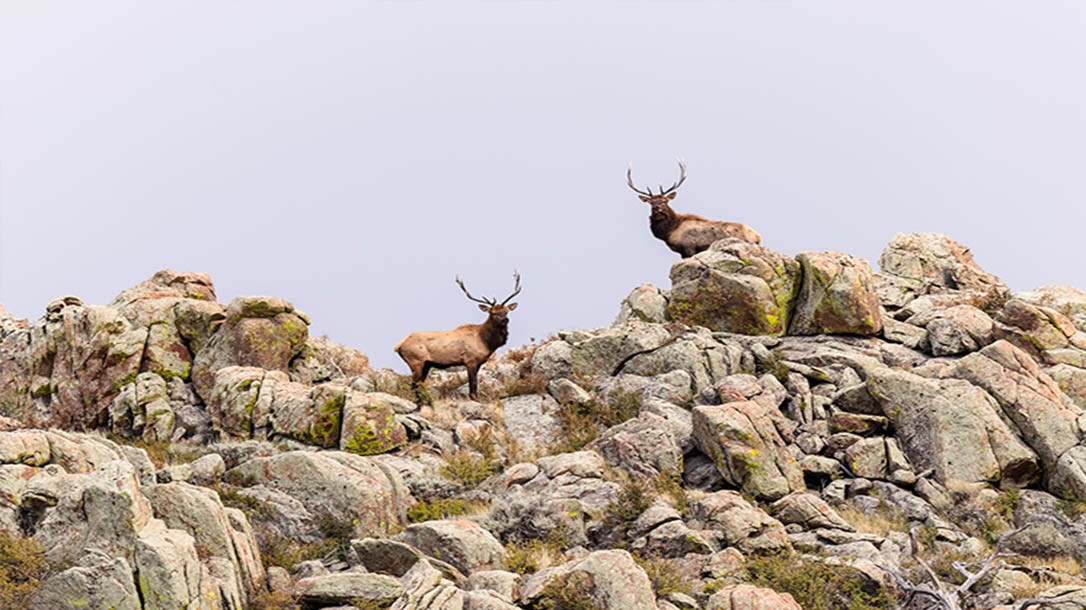
Buying Tags For Bowhunting
Once you’re all situated, you need to get a tag and prepare for your hunt well in advance. You’re lucky to live in a state with over-the-counter deer or elk tags. You can head to your local sporting goods store and pick one up for relatively cheap. You may be waiting around a while if you live in a state that only delegates tags based on a lottery-style draw. If you are in a lottery-only state and have trouble drawing, states with higher animal populations will sell tags to out-of-state customers for a premium. Again, your state’s wildlife management agency’s website will have all the info you need.
Scouting Your Hunting Grounds
Preparation is the game’s name once you’ve gotten your tag and know where you’ll be bowhunting. If you’re lucky, you’ll have a couple of friends or family members familiar with your area who can point you in the direction of the animals you’re after. If not, you’ll need to scout your hunt the old-fashioned way. First, contact the fish and wildlife department in the closest town to your area and ask to speak to a wildlife biologist. While they’re not likely to give up their favorite hunting spot, they will share valuable information about how the animals behave in your area, where people find them, and how successful hunters are killing them.
On the same note, downloading a hunting app like OnX is necessary. The app features maps you can download offline, clear divisions between private and public land parcels, natural springs, rivers, and fish and game water tanks. The app also allows you to mark places you’ve seen games or signs and share those waypoints with your friends and vice versa. If you’re headed into a hunt completely cold, OnX is a great way to start nailing down a plan.
However, it’s important to note that no amount of word-of-mouth or hunting apps can replace getting out into your area to scout. The more time you can spend out there before you hunt, the more familiar you’ll be with your prey’s behavior, and the more likely it becomes you’ll be able to find them come opening day.
Know What & How You Plan To Bowhunt
Finally, you need to go out and make it happen. You will have found out which approach you’ll need to use in your preparation. If it’s elk during the mating season (known as “the rut”), you’ll likely find a place to sit and call them in. Perhaps it’s whitetails in the thick woods, you might set up a tree stand near a bedding area. If it’s mule deer in the high desert, you need to spot them from afar and stalk them like a big cat looking to pounce.
There are a few tips specific to bowhunting you should keep in mind. For one, always check in on the wind direction. Prey animals rely heavily on their sense of smell, and to them, your deodorant smells like a fire alarm. Sometimes you can play a little fast and loose with the wind on a rifle hunt where you’re hundreds of yards away. Meanwhile, bowhunting is up close and personal.
Scent Blockers
Scent blockers are common in the bowhunting world. However, there is much debate over how well they work or which kind to use. Some people opt to cloak their scent with literal urine from a doe in estrus. Others opt for odorless cloakers with high-tech zeolite formulas, activated carbon, or anti-microbial silver. Scent blockers almost certainly work a little bit. Still, deer have excellent olfactory systems, so your top priority needs to be managing your position with the wind. Wind blowing from the direction of the animals toward you = good, and wind blowing from you toward the animals = bad.
Spotting
If you’re spotting and stalking, here are a few tips. When stalking, you should walk through shadowed areas to make yourself more difficult to see. You should use vegetation and natural topography to block the animal’s view of you. You should always move slowly and patiently. Also, consider the amount of noise the wind is making. If it’s howling and bushes are rustling everywhere, the sound of your movements will be concealed. If it’s dead still, every action you make will be accompanied by a sound, so move accordingly.
Finally, bring “sneakers” (soft covers that go over your boots to make less noise as you walk), or be prepared to take your boots off and finish your stalk in your socks. This is often unnecessary at rifle distances. Deer will hear twigs and sticks snap and get out of there whether they see you or not within a hundred yards.
Knives Needed For Field Dressing And Quartering
When you finally get an animal in your sights and land a solid shot, your mind and body will be racing 1,000 miles a minute. With a high-velocity rifle, it’s not uncommon for a shot to drop an animal instantaneously, but even a heart or solid lung shot with a bow might not result in immediate death. After landing your shot, it’s important to watch where the animal runs to before you get to celebrate. If you did score a good hit, there would be plenty of blood for you to follow, and your prey will likely be lying dead not too far off.
If he is merely wounded, especially mortally, he will likely bed down a distance off where he feels he can rest in relative safety. In this case, provided you’re sure you caught a good piece of a vital organ, it is wise to set a safe distance away and wait for him to die rather than a close distance to finish him off and potentially cause him to run much further off. Once the animal is dead, you’ve got a tiny window for celebration, and the real work begins.
Keep It Legal
However, this is extremely important. Before you do anything, you are legally required to fix your tag to your animal as specified on the tag. Do this IMMEDIATELY after he is killed. If a game warden happens upon you with an untagged kill, things will likely get ugly, even if you have the tag in your pocket. This rule prevents people from reusing tags if they avoid wardens while getting their first animal out of there.
Cleaning And Transport
The cleaning and transporting process is arduous, to say the least. This is especially true if you’re deep in the backcountry and you’re hunting giant game-like elk. The process is deserving of an article in and of itself which is why I wrote one. This article covers the step-by-step process of gutting any big game animal and pictures to guide you.
To get this done right, all you’ll need is the sharpest knife you can get your hands on, cloth game bags to protect your meat from debris, and a backpack you can load a lot of weight into. I strongly recommend a knife with replaceable razor blades like those offered by Havalon or Outdoor Edge. It’s impossible to keep a high-quality fixed-blade knife sharp throughout the gutting and quartering process. These replaceable blade knives remove that concern entirely. Be careful, though, these knives are surgical sharp, and my fingers have the scars to prove it.
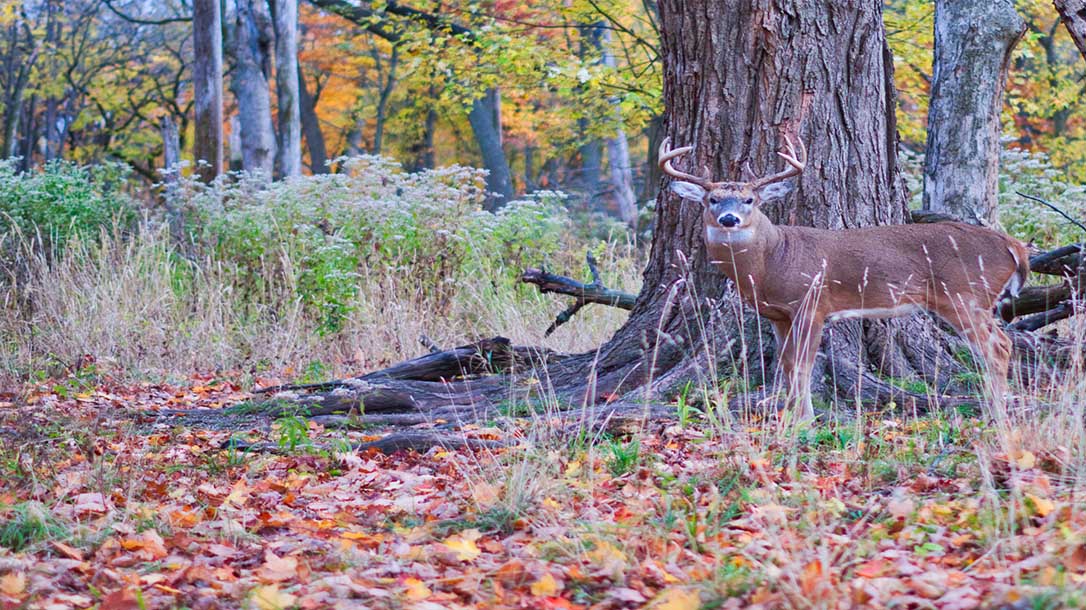
Encountering A Game Warden
While on your hunt, you’ll likely run across a game warden. As part of his duties, he may check your hunting license and tag. It’s easy to overcome a sinking feeling you’ve done something wrong at this moment, even if you haven’t. Try not to shut down as this may be an excellent opportunity for you. Game wardens are always polite and helpful wildlife enthusiasts, hopefully not unlike yourself.
Show him your tag and license, answer any questions he asks, and tell him how your hunt is going. Tell him what you’ve seen, where you’ve looked, the strategy you have in mind, and ask if he has any tips for you. Game wardens are nearly always hunters themselves and spend more time than anyone in the units they patrol. They’ll likely share valuable knowledge with you if you’re polite and respectful.
When it comes to bowhunting, preparing properly and taking risks involved is all you can do. Remember that deer and elk are used to being hunted by creatures far more practiced and capable than you. Don’t be too hard on yourself when you stumble about and mess up a few opportunities, especially early on. Even experienced hunters miss shots, blow stalks, and end up unsuccessful sometimes.
Be Ready For A Challenge
It’s simply part of the game. Hunting is challenging, and that goes double for bowhunting. Sometimes the only thing in hunting you can guarantee is that something will go wrong. The beauty is that if you stay persistent, you can come home with a trophy, a cooler full of meat, and a campfire story for the ages.








